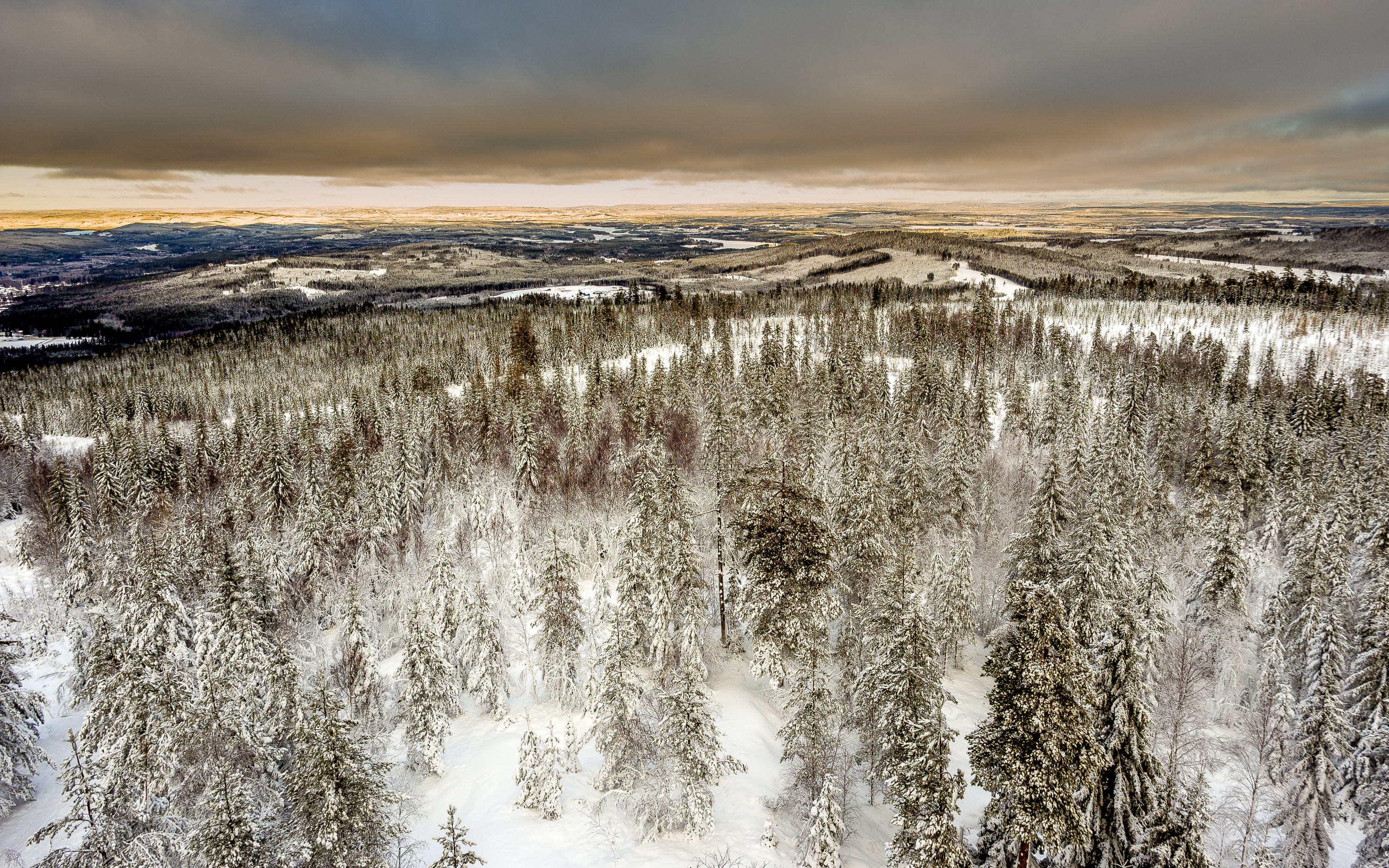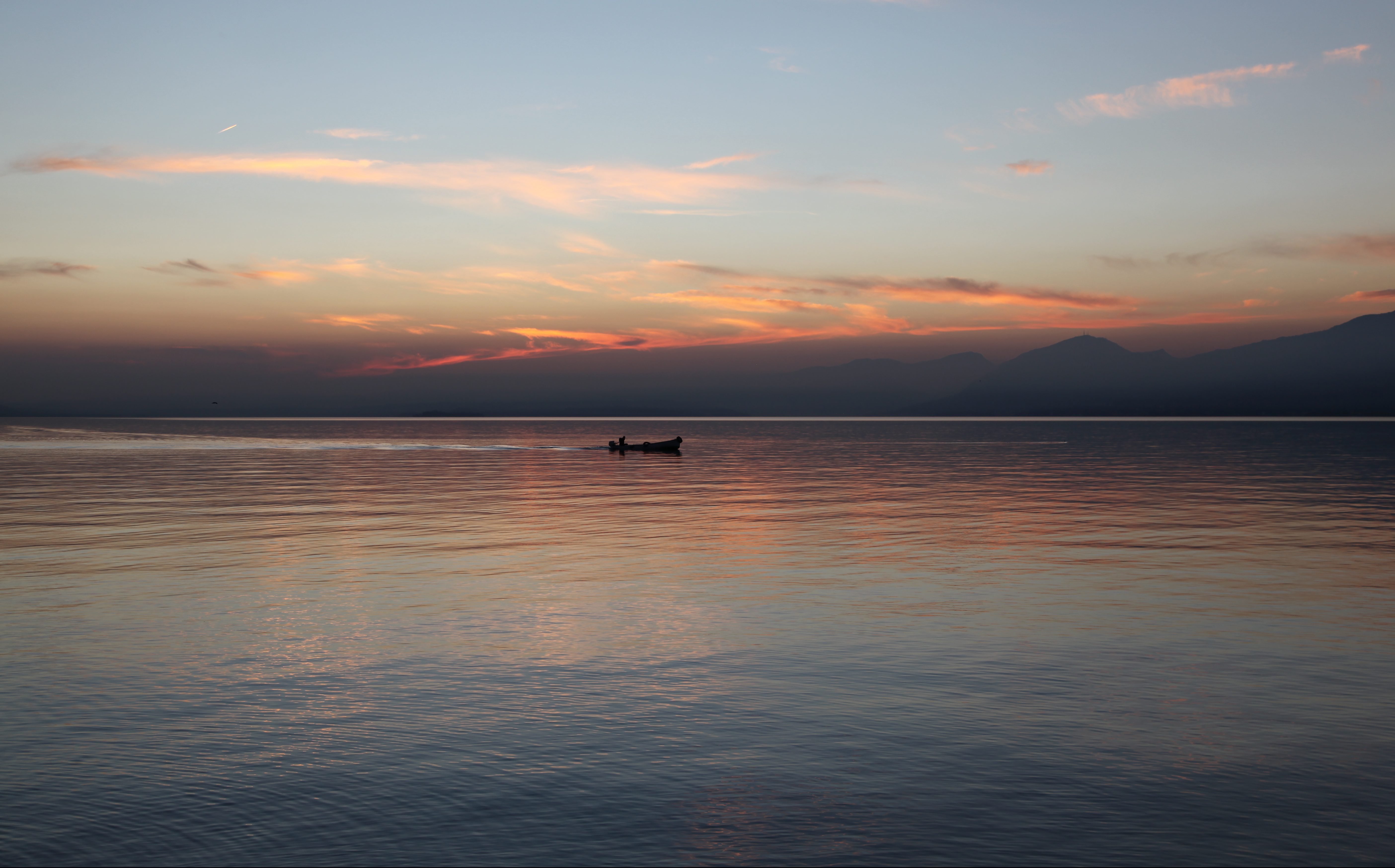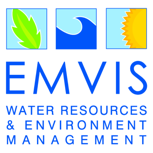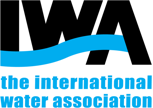Within SPACE-O, hydrological forecasts are integrated into a water quality model in an operational mode. Data acquisition and integration of almost real time EO data in the hydrological models are implemented in order to provide improved real-time, short to medium term water quantity forecasting.
Here, we demonstrate the added value of snow- and evapotranspiration related EO products in hydrological services in combination with data assimilation (DA) techniques in order to improve streamflow simulation and consequently forecasting. DA is used to minimize the differences between modelled data and observations and is becoming a well-established method also within water modelling tools, for correcting model state initialization to improve short- and long-term forecasts. We take advantage of an existing open package for data assimilation (OpenDA) designed for high performance and hence the largescale hydrological models can use it.
We are conducting two DA scientific experiments in regions in Italy and Sweden, where in-situ data are available, allowing identification of DA schemes for specific EO products. Continuous time series of modelled water discharge will be evaluated in the regions of the scientific experiments. Evaluation of the ability of the model to capture spatial and temporal variability in discharge will be done by comparing modelled flow signatures, inter-annual, seasonal and daily simulations with observed data.
Several statistical (deterministic and probabilistic) criteria will be used in the forecasting skill assessment: relative volume error, explained variance of daily discharge using benchmark hydrological metrics (i.e. Nash-Sutcliffe Efficiency and Kling-Gupta Efficiency), Relative Operating Characteristic score, Continuous Ranked Probability Skill score, Hit rate, and False alarm rate. EO based water quality monitoring products e.g. turbidity, suspended matter and chlorophyll concentrations will also be assimilated into the water quality model simulations after necessary adjustments, gap filling and harmonization to the temporal and spatial scales of the solution domain.
Our scientific case studies are based on two European basins located in Sweden and Italy, where improvements in hydrological predictions have an (economic) impact to the hydropower companies and reservoir operators. The results highlight the added value from assimilating EO data in a hydrological modeling service, and highlight the conditions under which improvements using EO products are possible. These efforts will further lead to the development of Space-O decision support tools.











